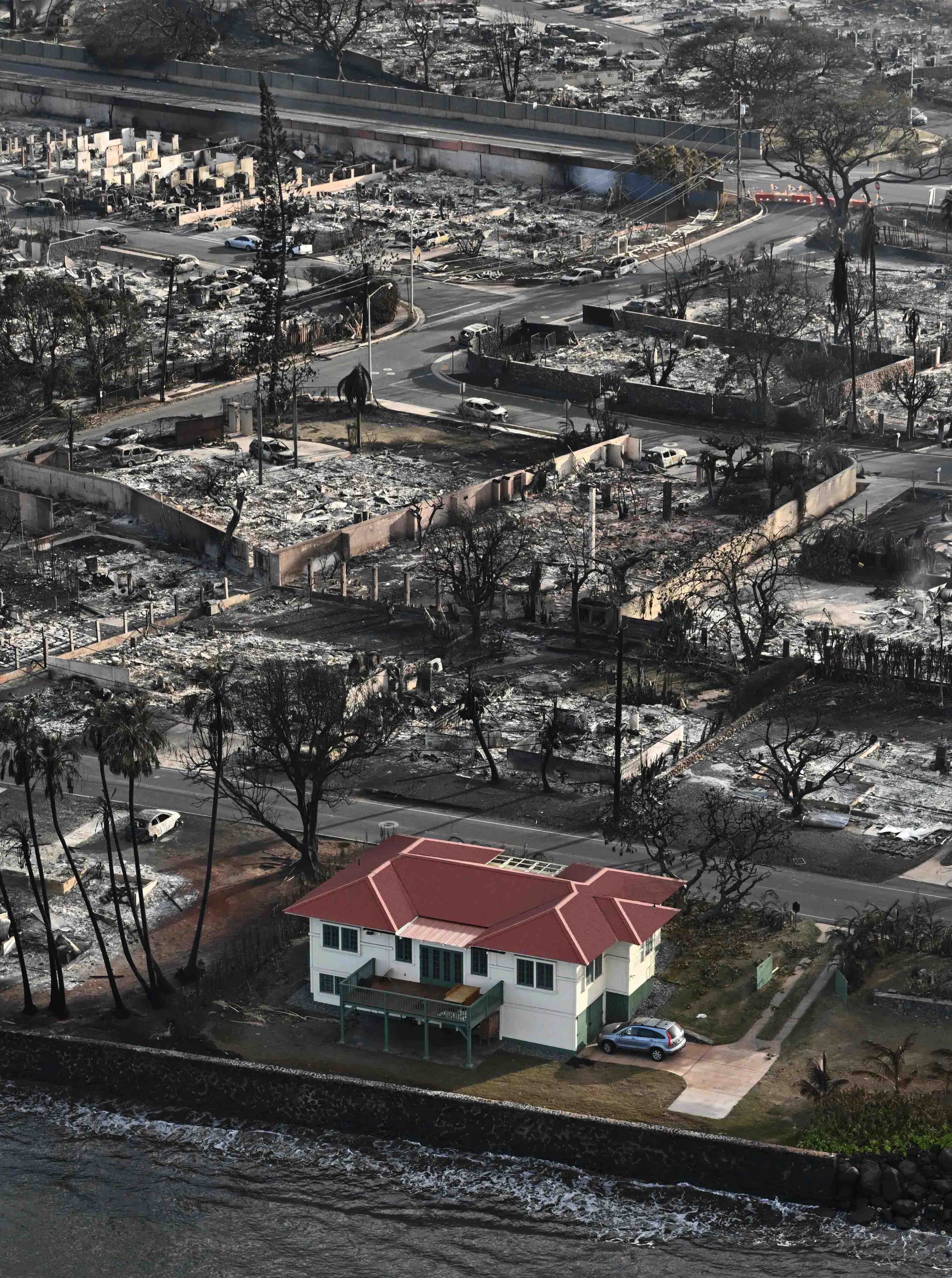
The startling image here by photographer Patrick T. Fallon shows a single home that survived the 2023 tragic wildfire in Lahaina on the island of Maui. This wood structure, called the “miracle home” by locals, was originally built in 1925 but had recently undergone an extensive renovation. The restoration included installing a fire rated commercial grade metal roof and removing all the plant material from around the home’s drip line and replacing it with a stone buffer. Interestingly, the decision to remove the plant material was intended to protect the home from termites and was not a response to the threat of wildfires. Regardless, these two decisions are thought to be the main reasons this home survived.
There is a growing concern about developing areas that are susceptible to natural disasters such as flooding, earthquakes and wild fires. The frequency and intensity of these events seem to be increasing and expanding. The growing evidence points to the culprit being changing weather patterns brought about by global warming. Areas that were once considered safe to build are now confronting challenges like securing insurance. Interestingly, the example shown here suggests that there are simple design decisions that can make our buildings and communities more resilient to these risks. This is not a transient phenomenon; therefore, designers must gather more information, adapt a new mindset and develop strategies for moving forward — responding to various natural threats through pragmatic design decisions.
